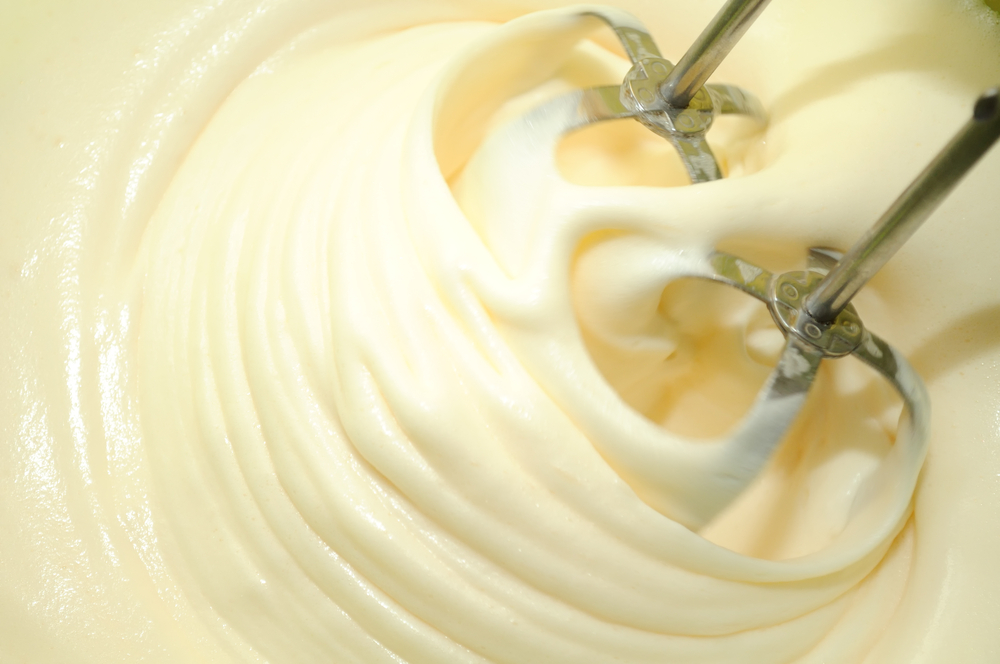AUTHOR
Ajit Pillai
Former General Manager of Al Kabeer Group unit at UAE

Introduction
The ‘Battre’ is a French word that translates to beat. It is commonly classified as drop-batter, pour-batter and coating-batter. Modern batter mixes are a replacement to mother’s milk and egg-dip. Batters consist of a suspension of dry ingredients (in water) used to coat a product and create a base for adhering the next layer of bread crumbs. Batters are created to overcome challenges in food service and provide crispy and low-oil product to both retail and food service.
What is a batter mix?
A dry batter mix consists of 80-90% flour, rice, corn, soy and potato. Tapioca flour may be added for special effect. Starch levels of 5-30% of dry mixture are common. High-speed production lines require higher starch in undercoating. Hydrocolloids help suspend the flour particles and ensure consistent viscosity and prevent moisture migration and consequently reduce oil pick-up. Gaur gum, xanthan gum, methylcellulose may be used. Baking soda is the leavening agent which when comes in contact with water releases CO2 bubbles which helps create a ‘light’ product. They help the substrate ‘breath’ and prevent blowouts when frying. Addition of small amounts of acid like buttermilk heightens the above effect.
Types of batter mixes
Adhesion batter mix, cohesion batter mix and tempura batter mix comprise the main types of batter mixes. Certain variations like beer batter mix, buttermilk batter mix, thin adhesive batter mix etc. also exist.
Adhesion batter
Adhesion batters are designed to adhere to substrates. They are mostly starch-based with high solid content with a viscosity of 9-12 seconds/stein. The type of starch is selected according to the drying rate and line speed. The hydration ratio of solids to water is 1:1.4 or 1:1.9. It is important that the batter dries quickly so that a significant amount stays on the substrate as the support layer without allowing the bread crumbs to soak up the excess water.
Cohesion batter
Cohesion batter is designed to form a shell around the substrate. It is flour-based with high viscosity and moderate solid content. Hydration ratio of solids to water is 1:1.5 or 1:2. The longer drying time and high viscosity (28-30 secs/stein) helps cement bread crumbs to the batter base.
For More>>

